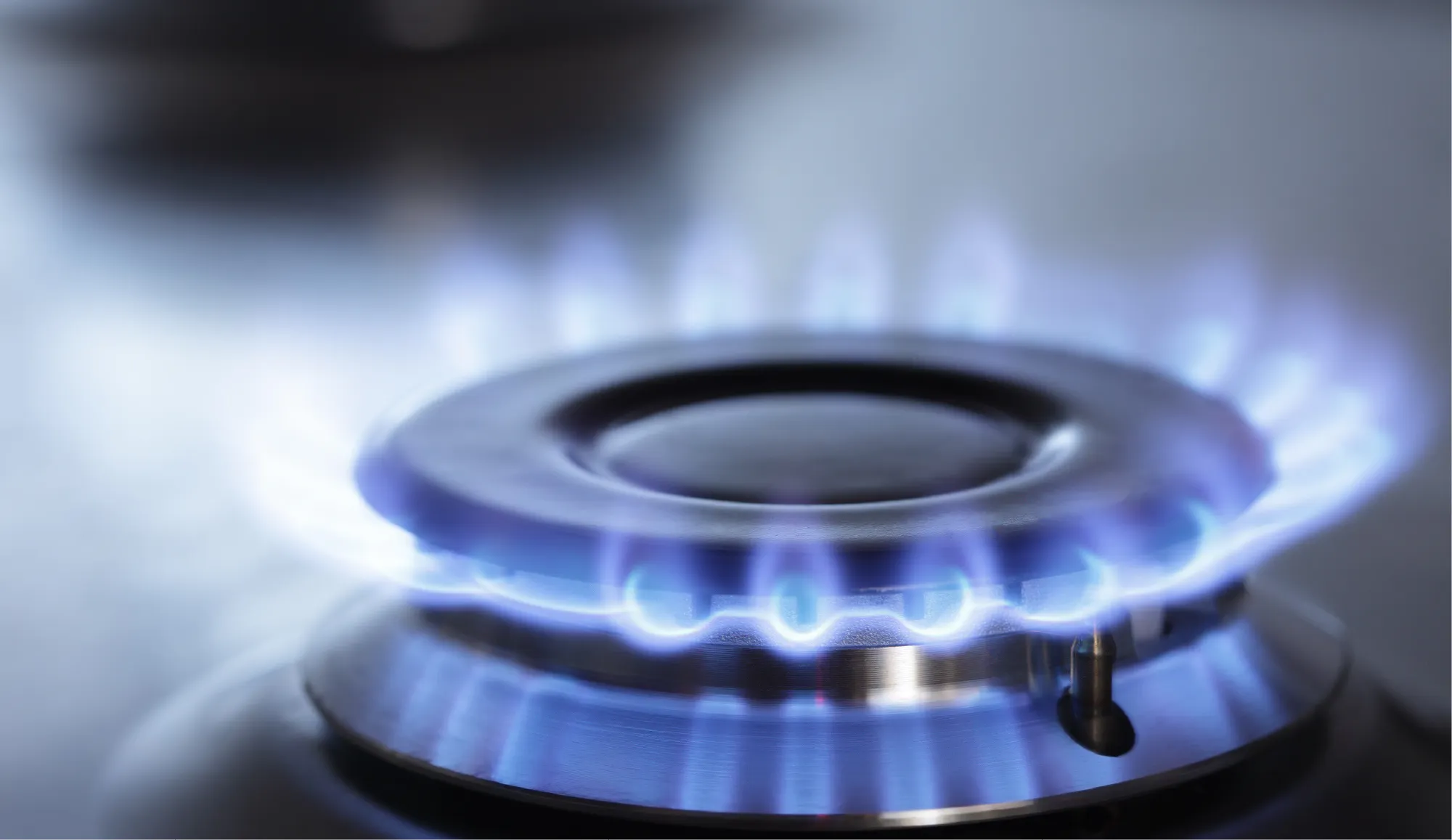
Upon locating the deposits of natural gas, whether dry or associated with crude oil, the gas is extracted from the subsoil through drilled wells to the surface. Then, the gas is processed, removing water and impurities, prior to transporting and using it.
When the gas is ready according to specifications, it is transported by gas ducts or large steel pipelines, through which the natural gas flows at a high pressure and is carried from the place of origin to distribution centers and major users. These pipeline networks travel across mountains, valleys, and rivers; the larger the network, the more territories have access to it.
TGI’s network, for example, is the largest in Colombia and consists of 4,033 kilometers [of pipelines]. The network is made up of a system of three main pipelines, to which regional branches are connected, carrying gas towards the municipalities, where the “city gates” are located.
Therefore, these pipelines are essential to the efficient transportation of natural gas and depend upon the most rigorous designs and strictest controls for their good performance. Compressor stations increase the pressure in the gas network to ensure it reaches all of its destinations.
From the “city gate”, at the entrance of each city, the gas is distributed to households, industries, businesses, and other users through residential networks that are closer to urban areas, using gas ducts smaller in diameter, most of which are made of polyethylene, through which gas flows at a pressure lower than that of those at the starting point of the network. These small gas ducts are commonly made of polyethylene, a highly resistant and durable material to endure possible ruptures caused by earthquakes or other calamities.
The gas is odorized in this part of the chain, i.e. in the distribution.
The sale or trading of natural gas is the process through which the gas is transacted or acquired by the consumers.
The producers sell it to the distributors and major consumers. The distributors, in turn, sell it to households, businesses, and small users.
Other services that are usually included in the trading of natural gas are the consumption measurement, service billing, and customer support.